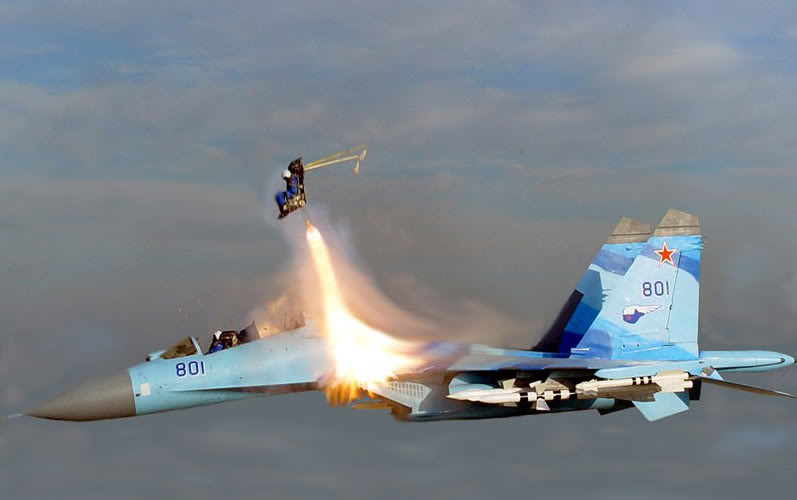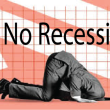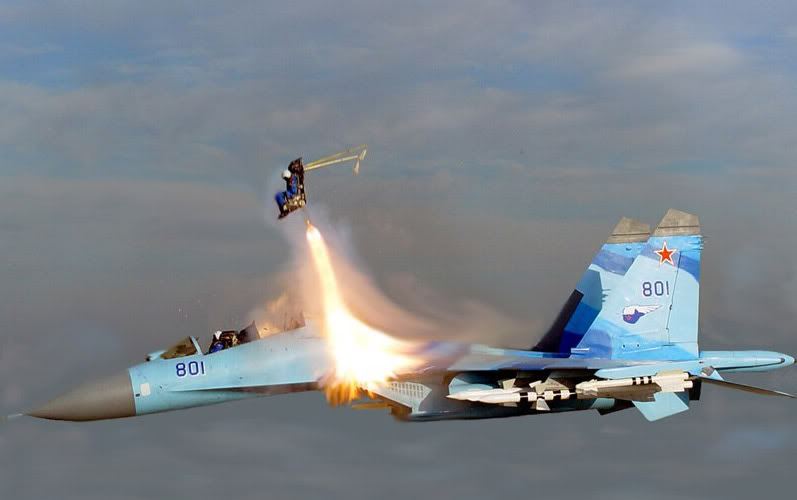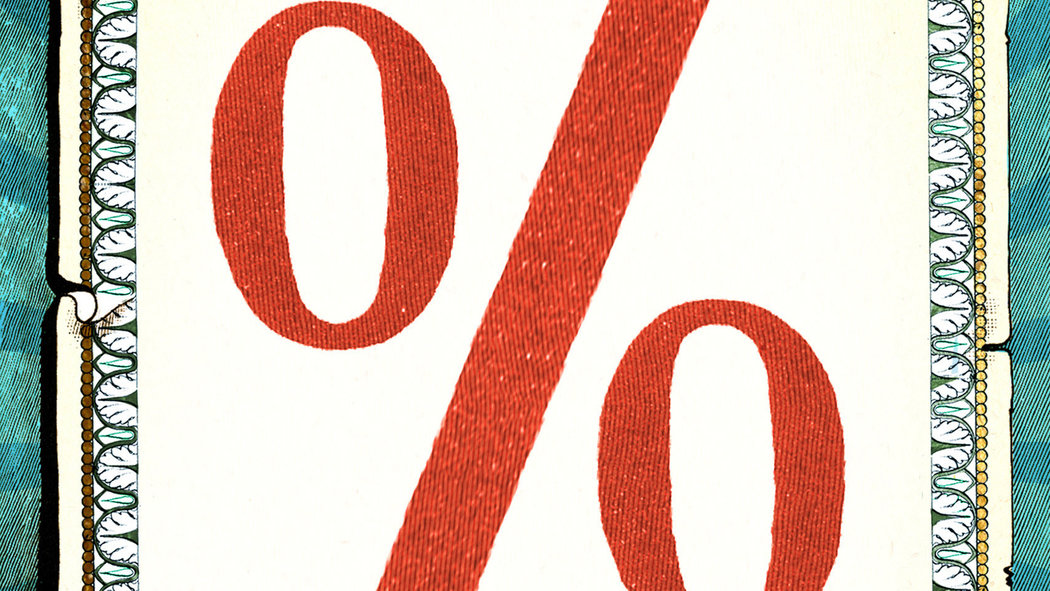The Biggest Mistake Of My Investing Career: Premature Evacuation
by Jesse Felder, The Felder Report
“I like people admitting they were complete stupid horses’ asses. I know I’ll perform better if I rub my nose in my mistakes. This is a wonderful trick to learn.” –Charlie Munger
The other day I noticed that Starbucks had made a new, all-time high, even in the midst of the steepest stock market correction in 4 years. And it got me thinking about the worst investing mistakes I’ve ever made.
No, these were not really bad trades. These were more like what Warren Buffett calls his, “mistakes of omission,” investments he didn’t make but should have. For example, I think I remember him lamenting his decision not to invest in Coscto back in its early days. This single mistake is far more costly than any of his, “mistakes of commission,” where he bought something he shouldn’t have.
But mine are even worse than this because I actually did make the investment and I was proven right… I just sold way too soon. If I had just hung on rather than take premature profits, I would have made many, many multiples more money than I actually did. And the gains I missed far outweigh any of my worst losses.
Back near the financial crisis lows I bought a fairly sizable chunk of Starbucks stock around $5 per share. At the time I was amazed that, in the midst of the worst recession in decades, this stock had lost 75% of its value even though the company’s earnings didn’t decline at all. People were hurting financially, like they never had before in their lives, but they were so addicted to the product they couldn’t stop buying it! What a business!
Like a jackass, I sold it when it hit $15 a year later. Not a bad trade but the thing is the stock’s $60 today. I could have more than tripled my money again after first tripling it in 2010. Epic fail.
Here’s another example: When Devon Energy’s stock was halved in 2001 I noticed the company announce a major buyback, something like 20% of the outstanding shares. At the same time the top executives started buying with their own money and in size. This got me looking at the supply/demand equation for natural gas along with the company’s valuation. It was very cheap and highly levered to gas prices which looked like they would inevitably rise over the next few years.
I bought a slug of stock well under $20 per share. The price of natural gas rose almost 10-fold after that. I sold the stock at $60 a few years later. As the oil price shot to $150 the stock doubled again from where I sold it. I don’t feel quite so bad about this one, however, because the stock today trades below my sale of a decade ago. Still, I left a lot of money on the table, at least for those 18 months after I sold it.
Probably the biggest mistake I’ve ever made, though, was selling my Ball Corp. shares in the early 2000’s. At the height of the dotcom bubble this glass jar and aluminum can maker was essentially left for dead by investors. It was about as “old economy,” “bricks and mortar” as you could get.
What everyone missed was that Bill Stiritz had taken the company over, brought in his own management team, which had an incredible track record, and they all started buying stock, big time. My cost, after multiple splits, was probably around $3. Again, like the others mentioned above, the stock tripled pretty quickly. I don’t remember exactly but I’m pretty sure I sold around $10.
Ball’s stock is $66 today. Instead of a triple, that would have been a 22-bagger had I just put it away and forgot about it. This is easily the biggest mistake of my investing career. It’s also something I try to keep in the forefront of my mind these days so that I’m not quite as quick to hit the eject button once I’ve found a great investment.
Copyright © Jesse Felder, The Felder Report
This article originally appeared at: The Felder Report














